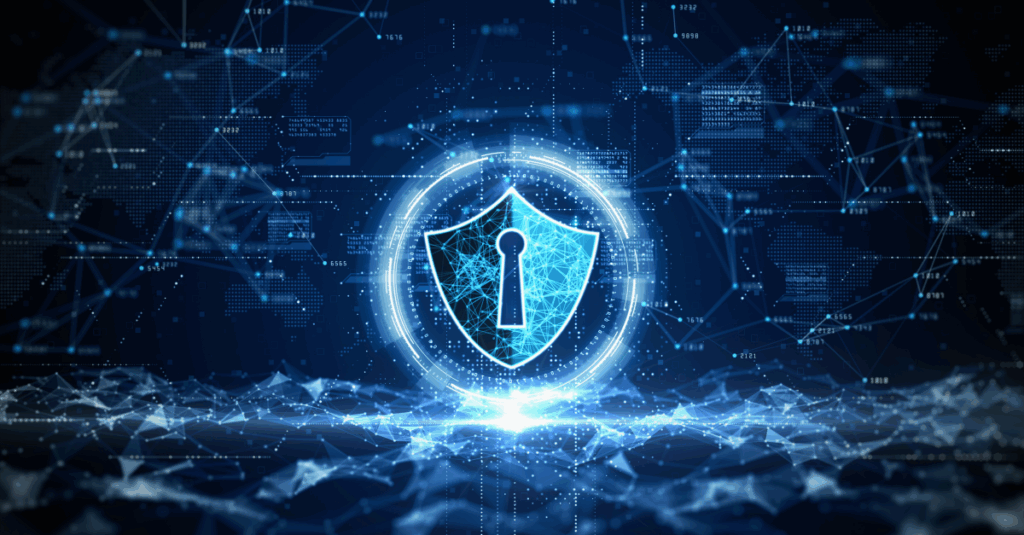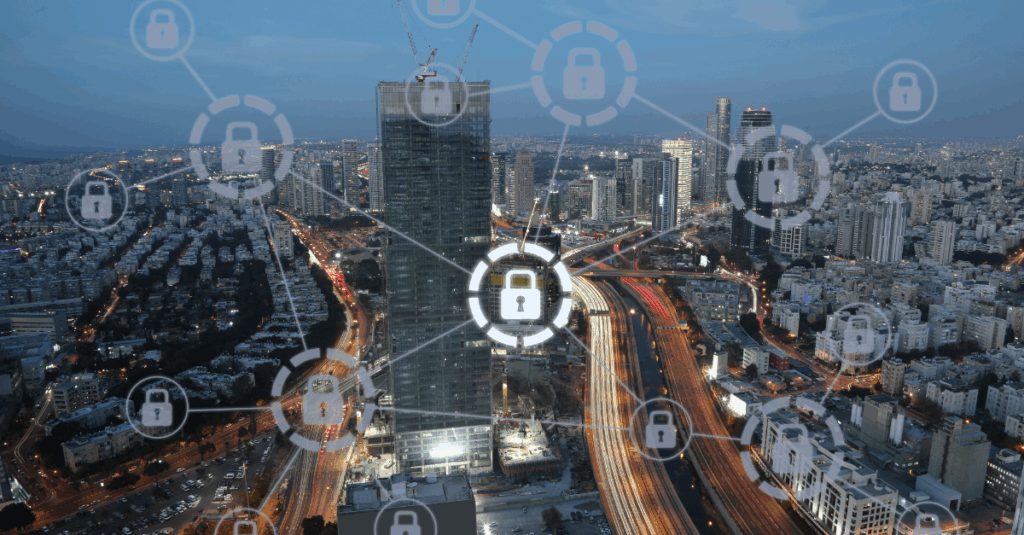Introduction: The Backup Myth
For years, businesses across Chicago, Oak Park, and neighboring suburbs have leaned on backups as their ultimate insurance policy. Copy your data to a server or cloud repository, and you’re protected, that’s the traditional mindset. But in today’s digital economy, that’s dangerously outdated.
The threat landscape has changed dramatically. Hackers don’t just attack operational systems; they also go after backup files, encrypting or deleting them before demanding ransom. At the same time, suburban businesses are dealing with sprawling hybrid infrastructures, remote work complexities, and increasingly strict compliance rules.
This is why cyber resilient recovery plans are now the gold standard. They go beyond backup, combining security, intelligence, and business continuity into a holistic framework.
Why Traditional Backups Are Failing Modern Businesses
Backups remain foundational, but they’re far from bulletproof.
Common challenges include:
- Targeted ransomware: Cybercriminals intentionally corrupt backups to neutralize recovery options.
- Long recovery windows: Restoring massive datasets can take days or weeks.
- Coverage gaps: Endpoints, SaaS applications, and shadow IT often go unprotected.
- Compliance risk: Backups don’t automatically meet audit and reporting requirements.
SMBs in Oak Park, Hinsdale, and Chicago’s surrounding suburbs are especially vulnerable. Many rely on outdated or untested backup systems, leaving them unprepared for modern cyber threats.
What Is Cyber Resilient Recovery?
Cyber resilient recovery is the next evolution of data protection. Instead of focusing solely on copies of data, it emphasizes the ability to recover quickly, securely, and in compliance with regulations.
A strong recovery plan includes:
- Immutable storage that attackers can’t alter or delete
- Continuous monitoring for anomalies in backup systems
- Rapid orchestration that restores not just files but entire workflows
- Integrated compliance features like audit trails and reporting dashboards
This approach aligns with proactive IT monitoring to ensure resilience is built into everyday operations.
The Rise of Ransomware Driven Recovery Planning
Ransomware has grown into a global industry. Attackers don’t stop at locking files anymore; they steal sensitive information and threaten to publish it unless payment is made. This makes simple data restoration insufficient because reputational damage persists even if files are restored.
Pairing backups with multi layered cybersecurity strategies ensures both operational recovery and data integrity. Businesses that adopt cyber resilient plans can survive ransomware attacks without being forced into costly ransom payments.
Why SMBs Can’t Afford Downtime
Large enterprises might withstand weeks of disruption. Suburban SMBs cannot. Customers expect fast responses, and even short outages cause ripple effects.
- Average downtime from ransomware: 24 days
- Average cost per hour of downtime: $300,000 for SMBs and mid market companies
- Customer trust impact: Nearly 70% of consumers would reconsider doing business after a single breach
This underscores why business continuity planning must be paired with backups.
Building a Cyber Resilient Recovery Plan
A truly resilient recovery strategy focuses on ensuring business operations—not just data—bounce back.
Core elements include:
- Zero trust architecture: No user or system is automatically trusted
- Immutable backups: Data snapshots that can’t be altered
- Automated orchestration: Rapid failover to alternate systems
- Testing and drills: Simulations that validate recovery speed and security
- Compliance reporting: Automatic documentation for regulators and auditors
Leveraging cloud recovery solutions helps SMBs meet these demands without breaking budgets.
The Role of Managed IT in Cyber Resilience
Many suburban SMBs don’t have the staff or expertise to design, test, and maintain recovery strategies. That’s why managed IT services are becoming the norm.
Providers handle:
- 24/7 monitoring of backup and security systems
- Regular recovery testing to ensure plans actually work
- End to end compliance integration
- Strategic IT guidance that evolves alongside business goals
This proactive approach turns resilience into a continuous process instead of a one time project.
Compliance and Audit Readiness
In 2025, regulators expect businesses to demonstrate not just that they back up data, but that they can recover it in a compliant, secure way.
Frameworks like HIPAA, GDPR, and state specific laws require proof of cyber resilient recovery capabilities. Non compliance leads to steep fines and reputational damage.
Partnering with experts in cybersecurity compliance simplifies this process, turning regulatory obligations into a competitive advantage.
Cyber Resilience in Hybrid Work Environments
The rise of hybrid and remote work adds new recovery challenges. Employees now access systems from multiple networks and devices, creating new vulnerabilities.
Cyber resilient recovery plans must therefore extend beyond servers to include endpoints, cloud apps, and collaboration tools. Embedding managed network solutions ensures consistency across all platforms.
Testing Recovery Plans Is Non Negotiable
Too many SMBs discover flaws in their recovery strategy during an actual crisis. Cyber resilience demands regular testing and validation.
- Tabletop exercises help teams walk through hypothetical attacks
- Full failover drills simulate real disruptions
- Post test analysis identifies gaps before they become disasters
Without testing, even the most sophisticated systems remain unproven. Partnering with a provider that offers 24/7 system monitoring ensures strategies are validated.
The Human Factor in Cyber Resilient Recovery
Technology forms the backbone of resilience, but people determine its success. Employees must know their roles in recovery and how to respond during cyber incidents.
Best practices include:
- Training staff on incident response protocols
- Establishing clear communication channels during outages
- Running simulations that include both IT teams and business leaders
This goes hand in hand with strengthening endpoint security to protect every device in your network.
Beyond Backup: Cyber Resilient Business Continuity
Cyber resilient recovery plans don’t just aim to restore systems, they safeguard the entire business.
This requires integration of:
- Cloud native recovery services
- Endpoint protection across devices
- Unified compliance reporting
- Strategic IT roadmaps aligned with growth
Without this integration, businesses risk treating backup as a checkbox rather than a lifeline.
Conclusion: From Backup to Cyber Resilience
The era when backups alone were enough is over. In 2025, resilience is about ensuring businesses can withstand, recover, and adapt to disruptions whether caused by ransomware, human error, or compliance demands.
By adopting cyber resilient recovery plans that blend backups, cybersecurity, compliance, and proactive IT management, SMBs in Chicago, Oak Park, Hinsdale, and the surrounding suburbs position themselves not just to survive cyber incidents but to thrive in the face of them.
With expert IT guidance and managed IT partnerships, the new standard of resilience becomes achievable for organizations of any size.







